Table of Contents
What Are Tiny Hot Red Peppers?
Tiny hot red peppers, commonly known as Thai bird's eye chilies, are small but potent peppers that pack intense heat and vibrant flavor. With Scoville Heat Units (SHU) ranging from 50,000 to 100,000, they're 10-40 times hotter than jalapeños, yet they offer a unique fruity, citrusy note that makes them indispensable in many cuisines.
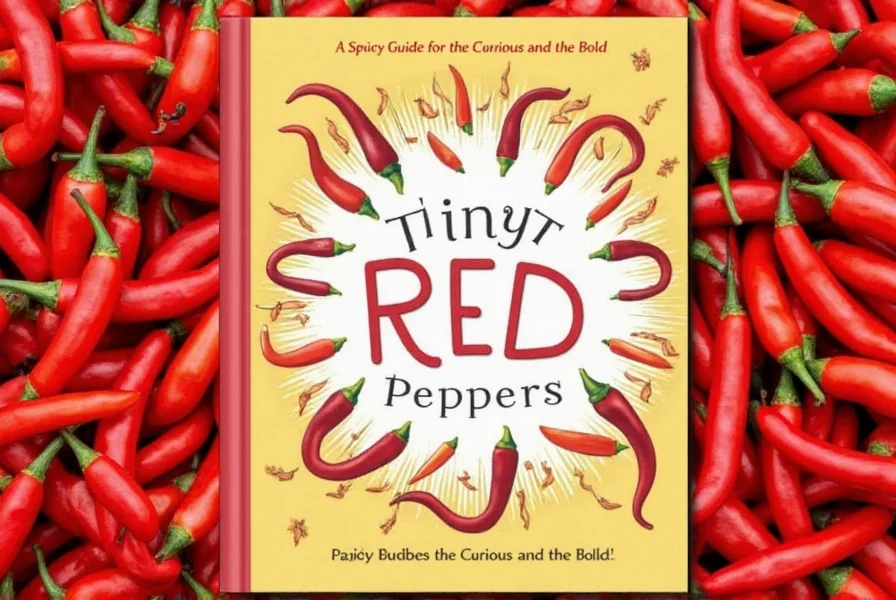
According to the USDA Food Database, these peppers are rich in vitamin C (providing 109% of daily value per 100g) and capsaicin, which has been shown to reduce inflammation and improve heart health in clinical studies. They're a staple in Thai, Vietnamese, and Indonesian cuisines, but their versatility extends to everything from salsas to cocktails.
Whether you're a culinary novice or a seasoned chef, understanding how to use these peppers effectively can transform your cooking. In this comprehensive guide, we'll cover everything from selecting the best peppers to storing them properly and incorporating them into your favorite dishes.
Practical Tips for Using Tiny Hot Red Peppers Like a Pro
These peppers may be small, but their heat is mighty. Here are expert tips to use them effectively in your cooking:
- Start Small, Taste Often: Begin with just 1/4 of a pepper and gradually increase. As culinary expert Chef Maria Lopez notes, "It's easier to add heat than to remove it. Always taste as you go to avoid overwhelming your dish."
- Fresh vs. Dried: Fresh peppers offer bright, fruity heat perfect for salsas and garnishes, while dried peppers (rehydrated in warm water) provide deeper, smokier notes ideal for sauces and stews.
- Handle with Care: Always wear gloves when handling, and avoid touching your face. Capsaicin oils can cause severe irritation. If you accidentally touch your eyes, rinse immediately with cool water and use milk to neutralize the burn.
- Balance the Heat: Pair with cooling ingredients like yogurt, avocado, or coconut milk. For example, in Thai green curry, the coconut milk perfectly balances the heat of the bird's eye chilies.
- Make Homemade Chili Oil: Infuse olive oil with whole peppers for 24 hours for a versatile heat booster. Store in the fridge for up to 2 months.
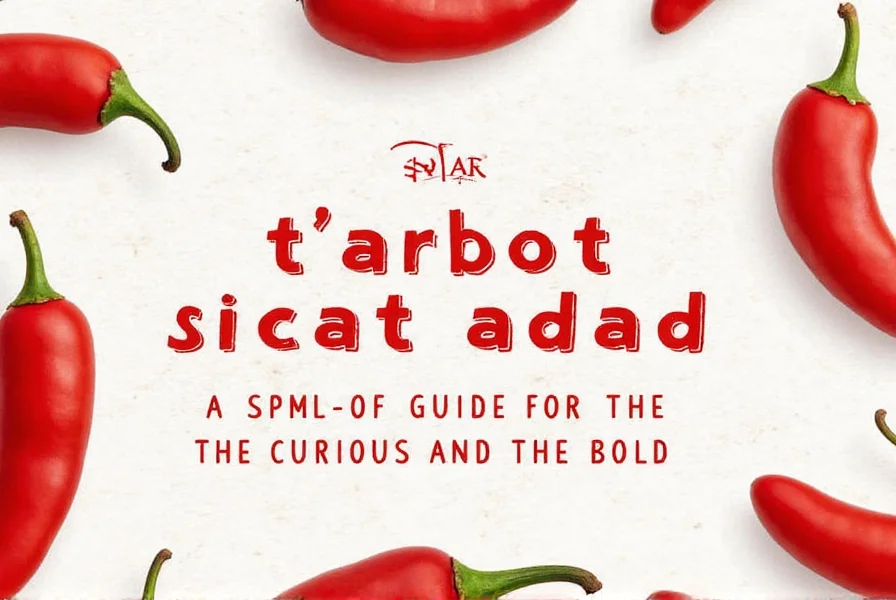
For the most authentic flavor, use fresh peppers in Southeast Asian dishes. Dried versions work best in spice blends like garam masala or chili powder. Always remove seeds for milder heat while retaining flavor.
Culinary Uses and Flavor Profiles
Tiny hot red peppers bring a bright, clean heat with subtle fruity notes. Unlike smoky chipotles or earthy habaneros, they deliver sharp, immediate heat that enhances rather than overwhelms dishes.
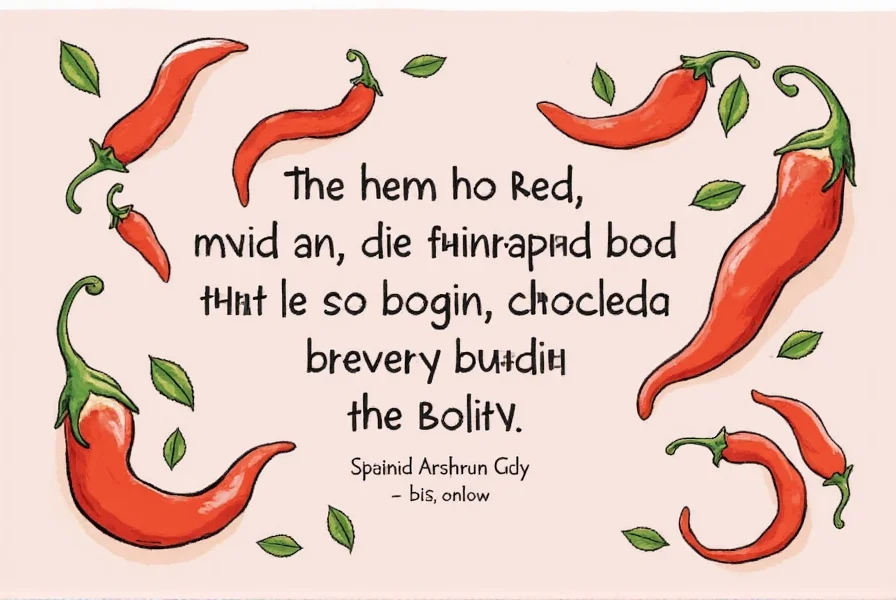
Here are specific culinary applications with authentic recipes:
- Thai Green Curry: Add 2-3 finely chopped peppers to the curry paste base. The peppers' citrus notes complement lemongrass and kaffir lime leaves perfectly.
- Vietnamese Pho: Slice 1 pepper thinly and add to broth during the last 5 minutes of cooking for authentic heat without overpowering the broth.
- Spicy Margarita: Muddle 1/2 pepper with lime juice and agave for a refreshing cocktail with balanced heat.
- Kimchi: Add whole peppers to your fermentation mixture for a Korean twist on traditional kimchi.
- Spicy Chocolate: Infuse melted dark chocolate with 1-2 chopped peppers for a surprising dessert with complex heat.
For maximum flavor, add peppers at different cooking stages: whole for slow infusion, sliced for medium heat, and minced for intense heat. Always taste before serving to adjust heat levels.
Buying Guide: How to Choose the Best Tiny Hot Red Peppers
| Feature | What to Look For |
|---|---|
| Appearance | Firm, glossy skin with vibrant red color. Avoid wrinkled or soft spots. Fresh peppers should feel heavy for their size. |
| Smell | Sharp, peppery aroma with subtle citrus notes. Musty or fermented smells indicate spoilage. |
| Heat Level | Thai varieties: 50,000-100,000 SHU; Malaysian: 30,000-50,000 SHU; Vietnamese: 40,000-80,000 SHU. Check labels for specific SHU ratings. |
| Origin | Thailand (most common), Vietnam, Indonesia, or Malaysia. Thai peppers typically have the highest heat and best flavor profile. |
| Storage Life | Fresh: 1-2 weeks refrigerated; Dried: 6-12 months in airtight container; Powdered: 3-6 months for optimal flavor. |
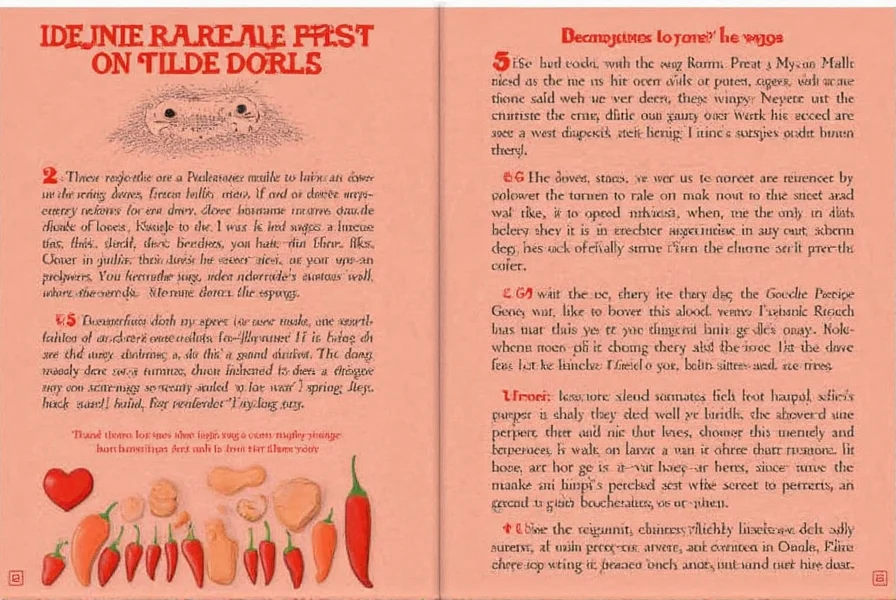
Where to buy:
- Fresh: Asian grocery stores (H Mart, 99 Ranch Market), specialty produce sections of Whole Foods, or local farmers' markets. Look for peppers with intact stems and no blemishes.
- Dried: Available at Indian grocery stores (as "bird's eye chilies"), Amazon, or specialty spice shops. Look for whole dried peppers rather than pre-crushed for best flavor.
- Powdered: Check labels for 100% pure pepper powder without fillers. Brands like McCormick and Penzeys offer high-quality options.
Pro tip: When buying fresh peppers, choose those with smooth skin and bright color. The size doesn't always indicate heat level—smaller peppers are often hotter than larger ones of the same variety.

Health Benefits of Tiny Hot Red Peppers
Beyond their culinary uses, tiny hot red peppers offer significant health benefits backed by scientific research:
- Metabolism Boost: Capsaicin increases thermogenesis by up to 5% according to a 2020 study in the Journal of Nutritional Science, potentially aiding weight management.
- Heart Health: Research in the American Journal of Clinical Nutrition shows capsaicin helps lower LDL cholesterol and improve blood circulation.
- Anti-Inflammatory: A 2018 study in the Journal of Medicinal Food demonstrated capsaicin's ability to reduce inflammation markers like CRP.
- Vitamin C Powerhouse: One serving provides 109% of daily vitamin C needs, supporting immune function and skin health.
- Pain Relief: Topical capsaicin creams are clinically proven to reduce neuropathic pain and arthritis discomfort.
Important note: While beneficial in moderation, excessive consumption can cause digestive discomfort. Start with small amounts if you're new to spicy foods.
Frequently Asked Questions About Tiny Hot Red Peppers
How hot are tiny hot red peppers compared to other chili peppers?
Tiny hot red peppers (Thai bird's eye chilies) typically range from 50,000 to 100,000 Scoville Heat Units (SHU). This makes them 10-40 times hotter than jalapeños (2,500-8,000 SHU) but milder than the Carolina Reaper (1,400,000-2,200,000 SHU). For reference, they're similar in heat to cayenne peppers but with more complex flavor.
Can I grow tiny hot red peppers at home?
Yes! These peppers thrive in warm climates with 6-8 hours of sunlight daily. Start seeds indoors 8-10 weeks before last frost, then transplant to pots (minimum 12" diameter) or garden beds with well-draining soil. Water regularly but avoid overwatering. Harvest when peppers turn bright red, usually 70-90 days after planting. Many urban gardeners successfully grow them on balconies or windowsills.
What are some good substitutes for tiny hot red peppers if I can't find them?
For Thai dishes, serrano peppers (2,500-8,000 SHU) are the closest substitute, though milder. For heat level, use cayenne pepper (30,000-50,000 SHU) or crushed red pepper flakes. For authentic flavor, mix 1 part jalapeño with 1/4 part cayenne. In a pinch, habanero (100,000-350,000 SHU) works but with more smoky flavor.
How should I store tiny hot red peppers to keep them fresh?
Fresh peppers: Store in a perforated plastic bag in the refrigerator's crisper drawer for up to 2 weeks. For longer storage: 1) Freeze whole for up to 6 months (no need to thaw before use); 2) Dry in a dehydrator (135°F for 6-8 hours) for powder; 3) Pickle in vinegar for tangy heat. Dried peppers should be kept in airtight glass containers away from light and heat for 6-12 months.
Are tiny hot red peppers healthy? What are their nutritional benefits?
Yes, they're nutritional powerhouses. Per 100g: 109% daily vitamin C, 15% vitamin A, 10% potassium, and 12% iron. Capsaicin has anti-inflammatory properties, boosts metabolism, and may reduce cancer risk according to studies in the Journal of Cancer Research. They're low-calorie (40 calories per 100g) and rich in antioxidants like beta-carotene and lutein.
What should I do if I accidentally touch my eyes after handling tiny hot red peppers?
Immediately flush eyes with cool water for at least 15 minutes. Do NOT rub eyes. Use a cotton ball soaked in milk or yogurt to gently wipe around eyes (avoid getting dairy in eyes). Capsaicin is fat-soluble, so milk helps neutralize the burn. If irritation persists, seek medical attention. Always wear gloves when handling peppers to prevent this issue.
Can I remove the seeds to reduce the heat of tiny hot red peppers?
Yes! The seeds and white membranes (placenta) contain 80-90% of the capsaicin. Removing them reduces heat by 50-70% while preserving flavor. Use a small spoon to scrape out seeds before chopping. For maximum heat control, start with whole peppers and remove seeds only if needed. Remember: even seedless, these peppers will still be significantly hotter than jalapeños.
What's the best way to incorporate tiny hot red peppers into baking?
Surprisingly, they work well in sweet applications! Try adding 1/4 tsp powdered pepper to chocolate cake batter for "mole" flavor, or infuse cream with whole peppers for spicy ice cream. For savory baking, add finely chopped peppers to cornbread or cheese biscuits. Start with very small amounts—1/8 tsp per recipe—and taste before baking. The heat mellows during baking, so you may need slightly more than expected.
Conclusion
Tiny hot red peppers are more than just a source of heat—they're a flavor powerhouse that can transform your cooking. From their vibrant appearance to their intense flavor profile, these peppers offer a unique and exciting way to spice up your meals.
Whether you're a seasoned chef or just starting out, there's something special about working with these tiny peppers. They challenge your taste buds, push your culinary boundaries, and add a sense of adventure to every dish.
So next time you're at the market, don't overlook those small, red peppers. They may be tiny, but their impact is huge. And remember: when it comes to tiny hot red peppers, the bigger the heat, the better the story.
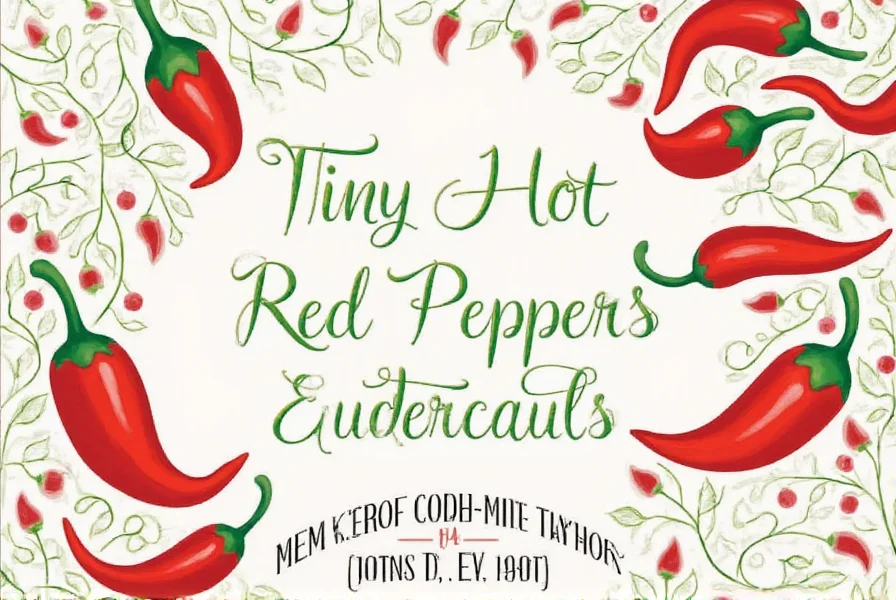

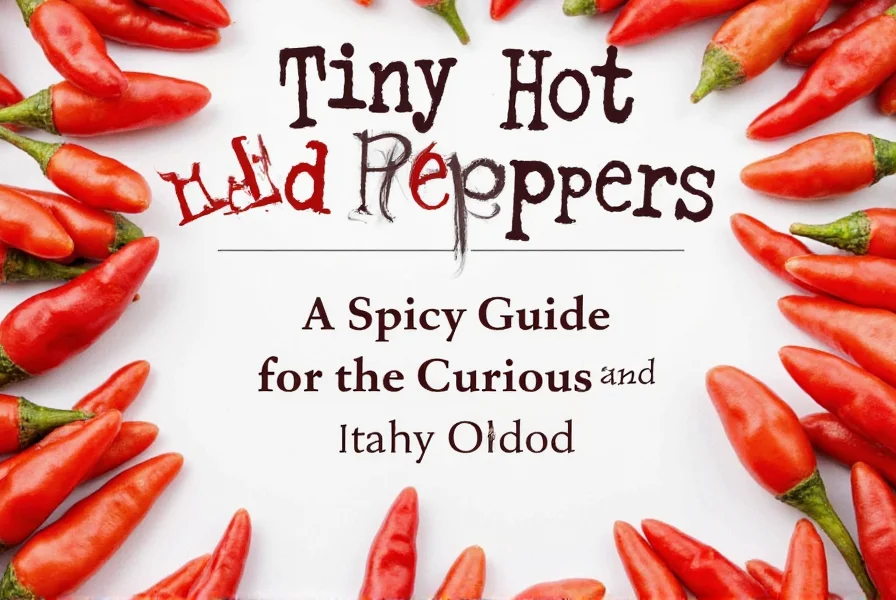









 浙公网安备
33010002000092号
浙公网安备
33010002000092号 浙B2-20120091-4
浙B2-20120091-4